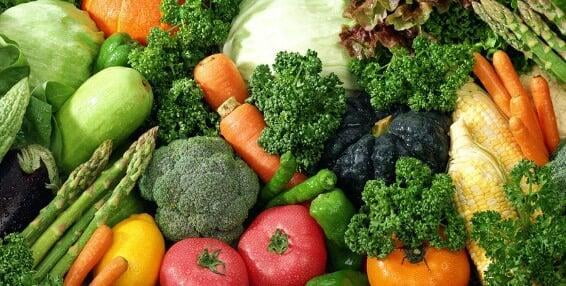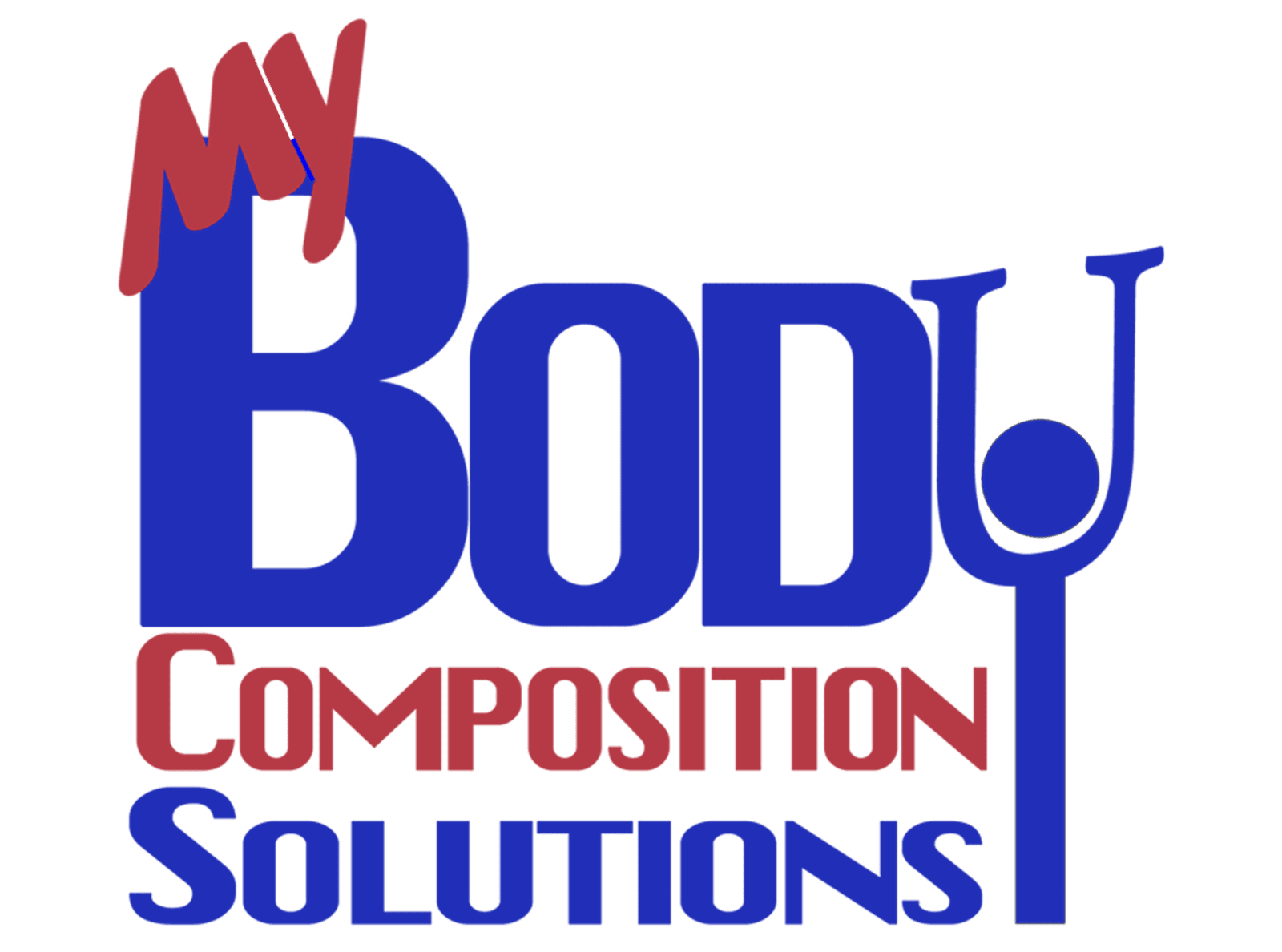Fruit and vegetable intake
Definition: The proportion of people eating sufficient serves of fruit and vegetables each day to obtain a health benefit.
Calculation of this indicator is based on relevant dietary guidelines published by the National Health and Medical Research Council (NHMRC 2013).
In the NHMRC guidelines, the minimum recommended number of serves of fruit per day is 1 for children aged 2–3, 1½ for children aged 4–8, and 2 for people aged 9 and over. The minimum recommended number of serves of vegetables per day is 2½ for children aged 2–3; 4½ for children aged 4–8; 5 for children aged 9–11, females aged 12 and over and males aged 70 and over; 5½ for males aged 12–18 and 51–70 years; and 6 for males aged 19–50. (1)
With the modern prevalence of cheap fast food and the standard Australian Diet, it’s no surprise that most Aussies don’t hit the daily recommended intake of 2 to 3 serves of fruits and vegetables.
However, nutrition-conscious Australians aren’t immune to it, either. The rising popularity of restrictive diets like the Ketogenic Diet and the Carnivore Diet may also be a contributing factor to declining fruit and vegetable consumption.
While most forms of the Ketogenic Diet allow for some vegetables and low sugar fruits, like berries, it is common to focus on the part of Keto that emphasizes “sausage, bacon, eggs, and butter” without remembering to include nutrient-dense plant foods.
The Carnivore Diet is even more extreme, omitting fruit and because the body can’t store them. Following the Carnivore Diet, in the long term, might lead to decreased intake of essential nutrients and water-soluble vitamin deficiencies.
Between restrictive diets that deteriorate quality of life and fast food, many people may be missing out on the amazing health benefits that fruits and vegetables have to offer. These profound health-promoting qualities lie in the high antioxidant, fibre, and water-soluble vitamin content.
In this article, we will discuss the mechanisms by which the nutrients in fruits and vegetables can support health. By understanding these key components, you’ll be more motivated than ever to get your full servings of these amazing plants.
The Role Antioxidants Play In Health
If you’ve spent any time googling healthy foods, you’re sure to have stumbled upon the benefits of antioxidants. Antioxidants are needed for preserving our health and are a major reason why fruits and veggies are so beneficial.
Antioxidants Protect Against Free Radical Damage
Metabolic processes, like energy production, along with other factors, like environmental pollution, resulting in free radical production. These are highly reactive molecules that can damage cells and lead to oxidative stress in the body — which plays a role in the development of many diseases, including heart disease.
Our bodies have natural protective mechanisms to neutralize these damaging free radical molecules, including glutathione production, our body’s master antioxidant. When glutathione becomes depleted, as a result of increasing free radical load, the body relies on dietary antioxidants from food as a secondary defence. There are many studies that show antioxidant therapy as a promising treatment for oxidative stress in the body.
Fruit and Plant Sources of Antioxidants
Fruits and veggies like berries, dark-coloured grapes, spinach, kale, sweet potatoes, and carrots are all great sources of antioxidants. Purple-coloured fruits like blueberries and dark-coloured grapes contain an antioxidant called resveratrol that has been shown to have therapeutic potential for heart disease.
Beta-carotene is an orange-coloured carotenoid with antioxidant properties and has also been shown to be protective against heart disease. Orange and yellow coloured plant foods are a good source of the antioxidant carotenoid beta-carotene, or pro vitamin A, along with leafy greens.
Moreover, minerals like zinc and selenium have antioxidant capacities which can be found in vegan sources. Other notable minerals found in fruits and veggies are blood pressure lowering potassium, magnesium, and calcium.
Antioxidant Content of Various Fruits and Vegetables
Blueberry 14.98 nmol/100g dry weight
Strawberry 4.44 nmol/100g dry weight
Broccoli, cooked 0.5 nmol/100g dry weight
Curly Kale 2.8 nmol/100g dry weight
Routinely including these antioxidant-rich foods in your diet can help to reduce free radical levels and prevent oxidative stress from accumulating.
Fibre Is Your Friend!

Fibre has a wide array of health benefits including lowering the risk of developing diseases like diabetes, obesity, hypertension, and more. It may also be beneficial for those who already have diabetes in its proven ability to improve insulin sensitivity — a major issue for diabetics. For those seeking to improve body composition, research shows that adding fibre to your diet can amplify weight loss goals. Although the exact mechanisms behind the benefits are not all defined yet, studies show a clear association with high fibre intake and markers of health. Considering fruits and vegetables are the highest fibre foods available to us, they are a huge contributor to fibre intake.
Fibre and Gut Health
To add to the list, the friendly bacteria that live in our gut also thrive off of fruit and vegetable fibre. Because our body doesn’t absorb fibre, it becomes readily available to these bacteria ferment it. Anti-inflammatory short chain fatty acids are released as a by-product of this process and are key to protecting the health of the gut. They may also have metabolic implications, including appetite regulation and correlation with lower insulin levels.
Fibre-Rich Fruits and Veggies
Fibre is exclusively found in plant foods, which is just another motivating reason to boost your vegetable and fruit consumption. The level of fibre is dependent on the individual vegetable or fruit.
Fibre Content of Fruits and Vegetables
Lentils 11.7g/100g
White Beans, raw 17.7g/100g
Kidney Beans, (can) 6.3g/100g
Kiwi fruit 3.39g/100g
To protect the high fibre content of these foods, avoid peeling as this can reduce fruit and vegetable fibre content.
Water Soluble Vitamins
There are two forms of vitamins: water-soluble and fat-soluble. The fat-soluble are your vitamin A, E, D, and K (although one form of vitamin K is found in plant foods, the active form, vitamin K, K2, is primarily found in animal foods). In contrast, the B-complex and vitamin C make up the water-soluble vitamin family. B-complex vitamins are found in both plant and animal foods, whereas vitamin C is only found in fruits and vegetables.
Besides playing different roles in the body, fat-soluble and water-soluble vitamins are maintained very differently in the body. In excess, fat-soluble vitamins are stored in tissues of the body, whereas water-soluble vitamins are excreted out of the body.
Both the B-complex and vitamin C play key roles in the function of the body. Considering their critical role in the body and our inability to maintain water-soluble vitamin stores, it’s important to replenish these vitamins daily through regular fruit and vegetable intake.
The B-Complex
There are eight B-vitamins in the B-complex. They all possess different roles within the body, however, the B-complex as a whole is often referenced for its role in energy production.
The Mechanism Behind the B-Complex Role in Energy Production
The B-complex works by acting as coenzymes for energy production processes in the body. Every single B-vitamin is required for completing the ATP-producing Krebs Cycle, the compound that powers every function of every cell in the body. For this reason, a deficiency in any one B-vitamin can really put a damper on energy production.
Folate, specifically, also plays a critical role in energy production. Folate is essential to the Folate Cycle which assists in converting homocysteine to methionine in the Methionine cycle.
Essentially, without regular intake of the entire B-complex, you might end up feeling fatigued and disrupting normal metabolic function.
The B-Complex and Gym Performance?
A vital component of reaching optimal body composition is successful gym performance. Proper energy production is so important to provide the energy to keep you working hard in the gym. And, as we all know, working hard is one of the main factors in achieving your body composition goals. Because of this, ensuring you are properly supporting energy production by consuming enough B-vitamin rich foods is something to keep an eye on.
Sources of the B-Complex
Although not a fruit or vegetable, beef, eggs, and liver are some of the richest source of the B-complex. However, seven of the eight (minus B12) are also found in abundance in plant foods.
B-Complex Vitamins Found in Fruits and Vegetables
Thiamin (B1) Lentils (0.165mg/100g), Asparagus (0.11mg/100g)
Riboflavin (B2) Spinach (0.2mg/100g), Avocado (0.1mg/100g), mushrooms (0.5mg/100g)
Niacin (B3) Avocado (1.7mg/100g), Mushrooms (6.3mg/100g)
Pantothenic Acid (B5) Mushrooms (3.6mg/100g), Avocado (1.4mg/100g)
Pyridoxine (B6) Bananas (0.4mg/100g), Potatoes (0.3mg/100g)
Biotin (B7) Banana (.12mcg/100g), (1.4mcg/100g)
Folate (B9) Spinach (77mcg/100g), Asparagus (52.3mcg/100g), Brussel sprouts (45.8mcg/100g)
Some B-vitamins are easily destroyed by heat: thiamin (B1), pyridoxine (B6), and folate (B9). To preserve the nutrition of these foods, opt for eating them raw (obviously, only with plant foods!).
Vitamin C
Vitamin C is renowned for its immune-boosting properties, however, it is also important for healthy cholesterol levels, synthesis of crucial nutrients, proper absorption of iron, collagen maintenance, and assisting in energy production. There is also evidence that it may play a role in lowering blood pressure.
Vitamin C’s Role in Energy Production
In addition to the B-Complex, vitamin C also plays a role in energy production. It works by acting as a cofactor of transporting fatty acids, an energy source, to the mitochondria for ATP production.
As mentioned before, proper energy production and utilization of energy sources could play a role in gym performance, and, therefore, possibly help to improve body composition.
Sources of Vitamin C
Despite citrus fruits often being the spotlight of vitamin C rich foods, there are many other sources!
Vitamin C Content of Fruits and Vegetables
Red Bell Pepper 55mg/100g
Strawberries 29mg/100g
Kiwi fruit 64mg per medium kiwi
Broccoli 30mg/100g
Green Pepper 30mg/100g
In the same way as some B-vitamins, vitamin C is also destroyed by heat. To make sure you’re getting the most vitamin C out of your foods, consume these vitamin C rich foods in their raw form.
Conclusion
The well-known health benefits of fruits and vegetables due to their high antioxidant, fibre, and water-soluble vitamin content, like the B-complex and vitamin C, are the basis for the encouragement of including them in your diet. Government bodies currently recommend 1 and ½ to 2 cups of fruits and 2 and ½ to 3 cups of vegetables per day, depending on your sex and age, for optimal health.
Restrictive diets that exclude or significantly reduce plant consumption may result in deficiencies of these nutrients, specifically and most likely, vitamin C and fibre. It’s best to discuss a plan for implementing these diets in detail with your doctor after blood work, making sure adopting one of these diets won’t lead to deficiency.
You can include more of the plant foods mentioned above in your diet by consciously planning your meals. Try substituting your snacks for fruits or veggies or include a vegetable in every meal. If you meal prep, it’s really easy to prepare your fruits and veggies in bulk for easy access and consumption!
With the amazing health benefits of fruits and vegetables, abundant availability, and easy preparation, it’s so easy to get these beneficial foods into your diet and achieve optimal health and nutrition.
Disclaimer: This article should not substitute professional medical advice. When starting a new diet or exercise plan, always consult your physician and exercise professional first.
Information in this article has been extracted and edited from InBody USA ‘The Health Benefits of Fruit and Vegetables’ by Sophia Ruiz.Sophia is a health and wellness freelance writer & blogger. As an Instagram influencer, she uses her platforms to promote consumer empowerment through education.
(1) Source: Australian Institute of Health & Welfare; Aust health 2018
